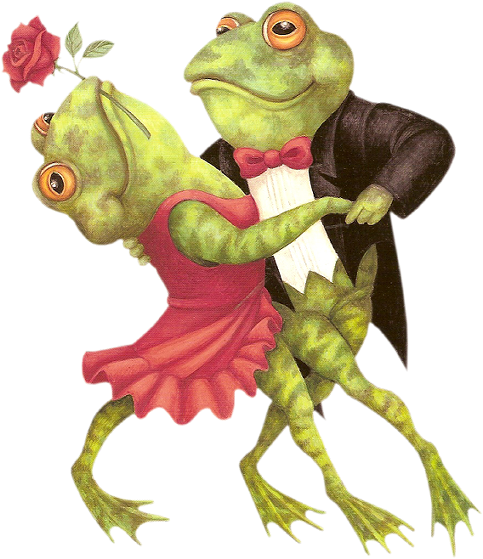The overarching goal of the Töad Meädow Vision is to create an environment that provides an outlet for creative and expressive urges that were heretofore confined to the far reaches of your psyche.
In other words, we encourage you to peel back the layers of naysaying bullshit that has taken up residence in your brain….the cultural taboos or the little voice that says, “Don’t do that; other people won’t like it!” Or maybe it’s a practical voice that says, “Don’t waste your time on yadda yadda. No one will pay money for that.”
You can forget all those pressures and create…whatever.
At a recent Töad gathering, I ran into an acquaintance of mine that does professional dancing, and I endeavored to tell him why he should bring his chops to the Meädow.
Now I’ve been on his side of the fence in the past, and I knew damn well while talking to him that there’s a bevy of people that want him and his crew to bring their talent to their thing. But they don’t want to pay. It’s common for event promoters to say, “Come on out to my shit, and you’ll get exposure! No, I won’t pay you cash money, LEL, but you’ll get exposure.”
The currency that these mopes trade in is “exposure,” and, without exception, they’re full of shit. For the only people they will expose you to are other cheapskates that won’t pay for your talent, so at the end of the day, they do you no good, and yet they can still ride the coattails of your abilities and appear cool to their groupies.
So I was telling this dancing guy to come out to our next Celebration, but that we won’t be paying him, either. While explaining this, I was quite self-conscious and sought to distinguish the Way of the Töad from the rest of the assholes that cry “poverty” when the talent asks for money.
The difference is that at our Celebrations, each person is expected to offer up some unique personal gift to the others. The carrot we dangle before you is not “exposure,” but rather the currency of personal sharing, without judgment, nor the hope of financial reward.
This makes for a tough sell. After all, who the hell wants “personal sharing” and isn’t that so much BS as promising “exposure?”
Well, to be totally honest, fuck no! All I can say is “try it and you’ll see.” Because while other people may enjoy your dancing (for instance), you get to enjoy what others bring. Maybe someone invites you to join them for the game of flaming croquet that they built to share. Maybe you found some meaning in the effigy that we burned a bit earlier. Or maybe whatever. Creativity breeds creativity. Inspiration can strike anywhere. What we do is provide a venue for that creativity, and then we all feed off of it in a synergistic, orgiastic climax of…damn I’m drunk.
You get the idea.
So the point is to Bring it! If you’re feeling a bit tepid, then fuck it. Do something! Something as simple as cooking 3 pounds of bacon and offering it to people at 3:00 AM is a contribution. Today, a platter of bacon. Tomorrow…the world. Hail the Meädow!
If you haven’t already – use the link in the right sidebar to like Töad Meädow on Facebook right now. We also do the Instagram thing if that’s your thing.



